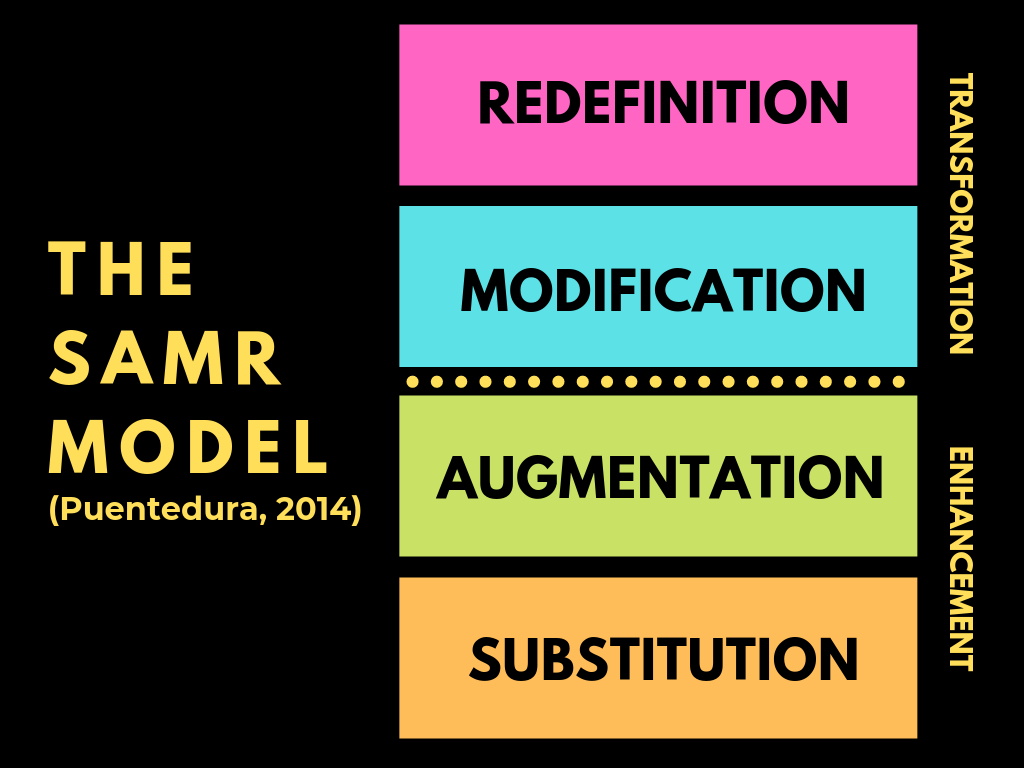When it comes to evaluating the use of technology in education, there are several models commonly used by educators. We have the TPACK (Technological Pedagogical Content Knowledge) Framework, which at a glance seems like the most complicated of the lot, the SAMR (Substitution Augmentation Modification Redefinition) model which makes things a little less complicated and we also have the RAT (Replacement, Amplification, Transformation) model which looks to be the most basic of the lot.
In this article, I adopt the SAMR model by Dr Ruben Puentedura outside of it’s usual educational technology context and use it instead to reflect on how a company can integrate a CRM solution like Salesforce into their sales, recruitment or business development processes.
Breaking down the SAMR model

The SAMR model consists of 4 levels.
Substitution: Tech acts as a direct tool substitute with no functional change
Augmentation: Tech acts as a direct tool substitute with functional improvements
Modification: Tech allows for significant task redesign
Redefinition: Tech allows creation of new tasks, previously inconceivable
As you may have guessed, the Redefinition stage is where you should aspire to reach. At this stage, the technology has opened up brand new possibilities.
Applying the SAMR Model
Now that we have an idea of how each stage of the model is defined, let’s apply it to the specific context of university trying to recruit students.
Substitution: Salesforce replaces Microsoft Excel for data entry and leads tracking.
Augmentation: Lead tracking with the ability for “drag and drop” report creation.
Modification: Leads generated from forms on the website and social media campaigns are automatically funneled into Salesforce, removing the need for data entry.
Redefinition: Use of marketing automation to nurture leads captured through social media campaigns or from forms on the website. Leads are scored based on their actions like whether they open the emails, click on links. This frees up the time and allows the student recruitment team to focus only on the warm leads.
Enhancing current processes and procedures
So with that in mind, if we’re only going to use Salesforce as a substitute to Microsoft Excel for data entry, it’s probably not going to be worth the 6 figure sum that your organization will have to fork out.
Even at the augmentation level. Sure, its going to make things a little more intuitive with a drag and drop feature, but is it going to be worth paying a 6 figure sum?
At these levels, it seems like implementing Salesforce would really just be an enhancement to Microsoft Excel.
Transformational Change
The Modification level is where things really get interesting. Salesforce can be set up such that leads captured from your website or social media campaigns are funneled directly into the CRM.

This puts an end to mindless data entry. Yay!!!
At the Redefinition level, we truly transform the entire work process. Besides automatically creating lead records in Salesforce, you can also use Pardot to set up nurturing campaigns and implement lead scoring. Leads are scored based on their actions like whether they open the emails, click on links, etc
This frees up the time and allows the student recruitment team to focus only on the warm leads, increasing the quality of the interactions and follow up. They also don’t waste time on leads that are not ready to be converted.
As compared to the first two levels, modification and redefinition is transformative.
Expectation vs Reality
Before I end off, there’s a caveat.

You will notice that on its own, this SAMR model largely focuses on the technology. However, in reality, you will need to deal with people and consider your organizational culture. The people in your organisation might not be mentally agile or technically equipped enough to handle the new technology. Or, you might be working in an organisation where the structure and culture is very resistant to change.
In such situations, it’s advisable to also come up with a strategy to push for the adoption of the technology at the transformative level.
Going back to the scenario of implementing Salesforce, you definitely don’t want to be the one who has convinced management to spend a 6 figure sum on the licenses, only to be screwed over by the entire organization as they use it as an over-priced Microsoft Excel alternative.
Here’s my take on the SAMR Model
Kenneth is an education management professional with a passion for the outdoors, coaching and adult education. He is currently promoting lifelong learning in the Singapore campus of James Cook University.
If you liked this article, be sure to check out the rest of my articles.
